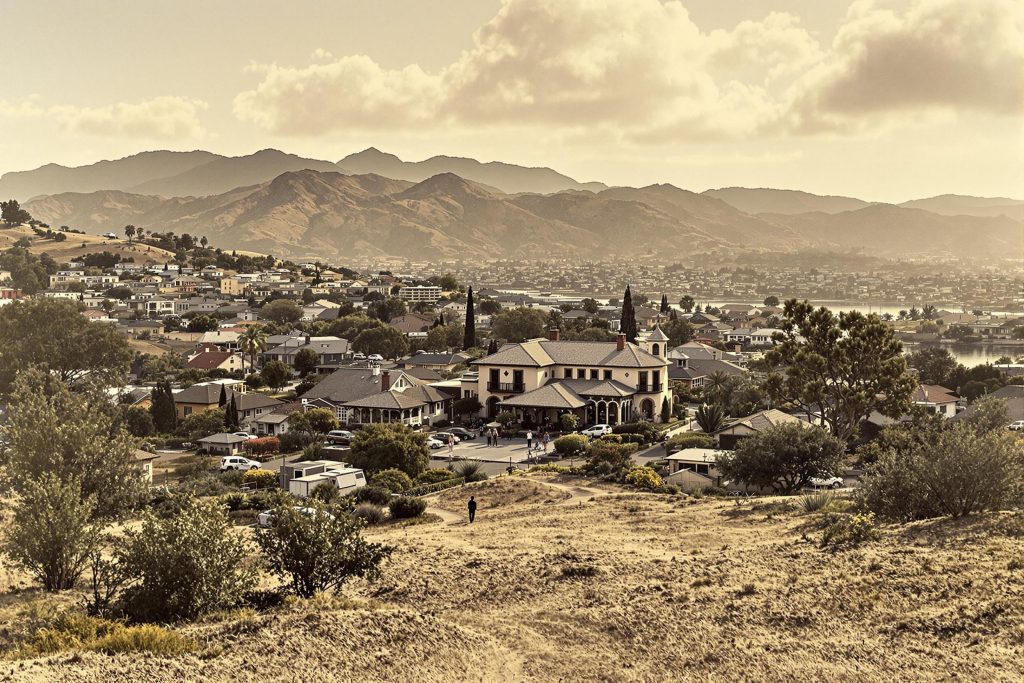
Rancho Don Juan Forster, an English-born Mexican ranchero, bought Mission Viejo. Forster supplied new horses to US military forces during the Mexican–American War, which were utilized on the march of San Diego to conquer Los Angeles.
Because it was of little use to farmers, Mission Viejo was mostly used as cattle and sheep pasture ground. Due to its geologic complexity, this community was one of Orange County’s last to be urbanized. Early developers dismissed most of Mission Viejo’s property as “undevelopable” in 1960.
Donald Bren, an urban designer who eventually became the president of the Irvine Company, drew up a master plan that contoured the area’s geography, placing roadways in the valleys and houses on the hills. The idea worked, and by 1980, much of Mission Viejo had been built. Houses in Mission Viejo were in such high demand in the late 1970s and early 1980s that housing tracts were frequently sold out before building could begin.
The city’s houses and shopping complexes are almost all built in the Spanish mission style, with stucco walls that look like “adobe” and barrel-tile roofs. Bren’s obsession with Spanish architecture was initially and foremost manifested at Mission Viejo, according to many. Bren’s firm was also responsible for the Irvine and Newport Beach developments. The business expanded its activities and went on to create the Lakes project in Tempe, Arizona, Mission Viejo Aurora in Colorado, and was the original master designer of Highlands Ranch, all of which are located in the Denver Metropolitan Area.
Carl Glassford, an artist and former resident of Mission Viejo, conceived and drew the city of Mission Viejo’s seal.
HERE Mission Viejo strives to provide the finest deals, products, and experiences in your local community. It’s all RIGHT HERE, and it’s all LOCAL.
If you notice something that you believe should be here, please let us know. And you’ll notice it soon HERE!
© Copyright 2025, HERECity.com